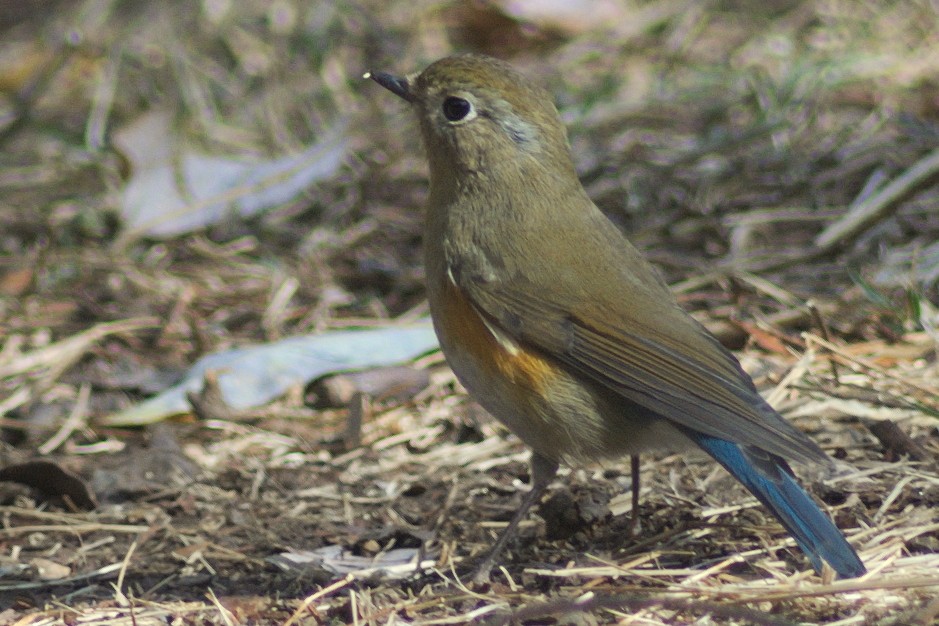Himalayan Bluetail
A species of Bush-robins Scientific name : Tarsiger rufilatus Genus : Bush-robins
Himalayan Bluetail, A species of Bush-robins
Botanical name: Tarsiger rufilatus
Genus: Bush-robins
Content
Description General Info
 Photo By Ramwik , used under CC-BY-SA-4.0 /Cropped and compressed from original
Photo By Ramwik , used under CC-BY-SA-4.0 /Cropped and compressed from original Description
The Himalayan bluetail is a short-distance altitudinal migrant species, breeding in the Himalaya in bush layer (dwarf rhododendron in wetter areas, deciduous bushes in drier) of conifer and mixed conifer-oak forest, main species fir (Abies) but sometimes in areas with Picea smithiana or Pinus wallichiana/Cupressus torulosa forest; at 3000–4400 m, not penetrating beyond tree-line and in winters found at 1,500–2,500 m typically in broadleaf evergreen forest, dense dark undergrowth and thickets, clearings, treefall gaps with vine tangles, open woodland; commonly seen along tracks; favours ridges and mountain tops. It is insectivorous. 
Nest Placement
Tree
Feeding Habits
Himalayan Bluetail primarily consumes invertebrates, particularly caterpillars, beetles, ants, wasps, and flies, supplementing with fruit and seeds like dock seeds. Himalayan Bluetail feeds on the ground or from low bushes, often catching craneflies mid-air, and exhibits flycatcher-like sallies to capture insects.
Habitat
The himalayan Bluetail primarily inhabits the bush layer of conifer and mixed forests, with a preference for areas with abundant vegetation like rhododendron, fir, and sometimes spruce or pine-cypress woodland. Its breeding grounds are characterized by a moist environment present in montane and dense secondary forests, while in its wintering habitats, it is found in evergreen broadleaf forests with dense undergrowth, thickets, and areas with fallen trees and vine tangles. The himalayan Bluetail typically resides in habitats that provide clearings or open woodlands and has a propensity for ridges and mountaintops.
Dite type
Insectivorous
General Info
Feeding Habits
Bird food type
Distribution Area
The Himalayan bluetail is a short-distance altitudinal migrant species, breeding in the Himalaya in bush layer (dwarf rhododendron in wetter areas, deciduous bushes in drier) of conifer and mixed conifer-oak forest, main species fir (Abies) but sometimes in areas with Picea smithiana or Pinus wallichiana/Cupressus torulosa forest; at 3000–4400 m, not penetrating beyond tree-line and in winters found at 1,500–2,500 m typically in broadleaf evergreen forest, dense dark undergrowth and thickets, clearings, treefall gaps with vine tangles, open woodland; commonly seen along tracks; favours ridges and mountain tops. It is insectivorous. 
Species Status
Not globally threatened.
Scientific Classification
Phylum
Chordates Class
Birds Order
Perching birds Family
Old world flycatchers Genus
Bush-robins Species
Himalayan Bluetail